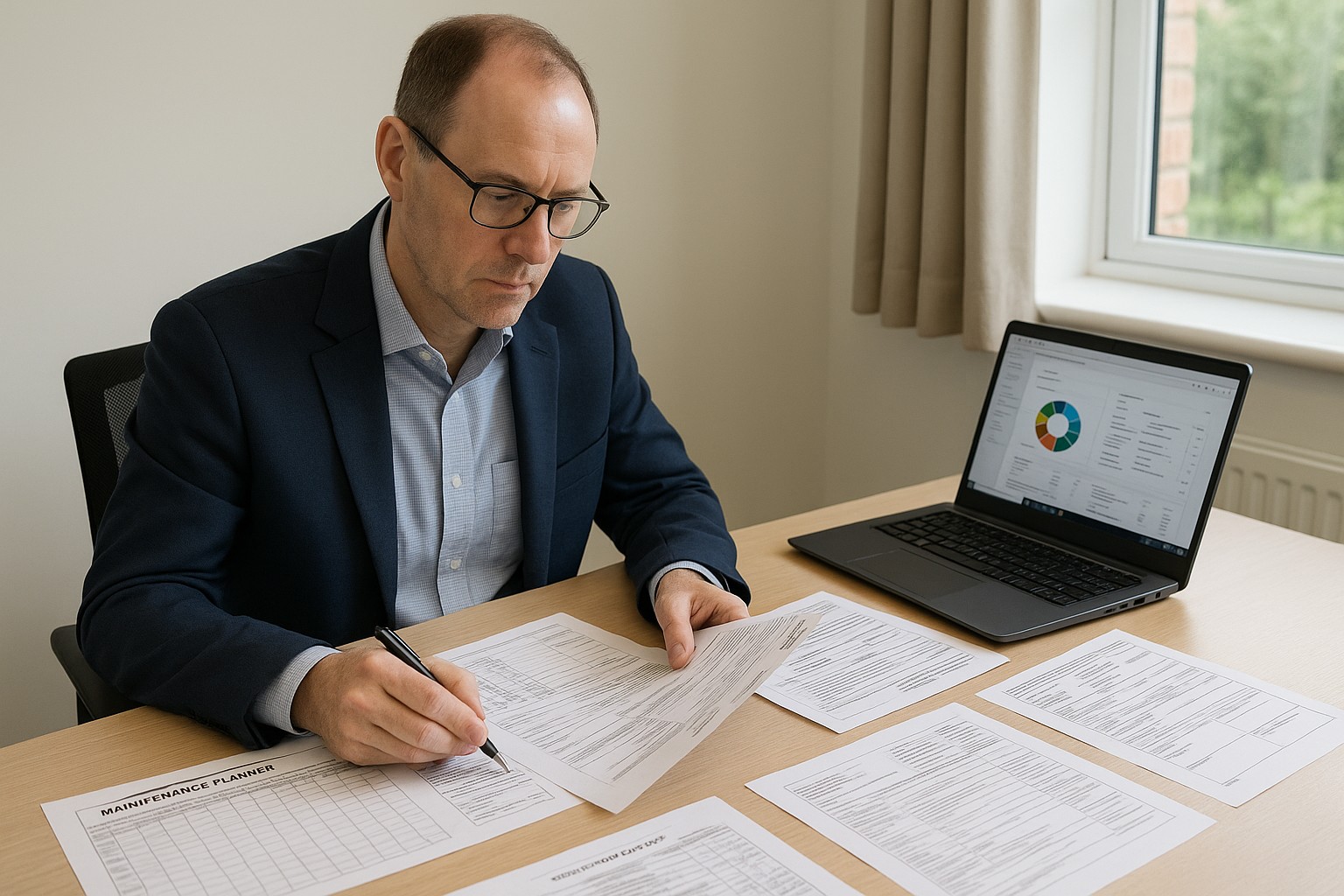What to Expect During an Operator Licence Compliance Audit
If you're a transport operator, a compliance audit can feel daunting, especially if it's your first. But being prepared makes all the difference. In this blog, we break down what to expect, what inspectors are looking for, and how you can get ahead of any issues.
How You're Chosen for an Audit
Operators may be selected for an audit for several reasons:
- A poor OCRS (Operator Compliance Risk Score)
- Complaints or roadside issues
- A public inquiry notice
- Random sampling or newly granted licences
What Auditors Will Review
Expect them to ask for:
- Maintenance records (PMIs, defect reports, VOR logs)
- Tachograph and drivers' hours data
- Driver licence checks and training records
- Evidence of compliance systems and written policies
- Records of daily walkaround checks
- Your Transport Manager's involvement and oversight
Common Pitfalls
These are the most common areas where operators fall short:
- Incomplete or missing maintenance records
- Lack of evidence of defect rectification
- Failure to manage drivers' hours and breaks correctly
- No formal training or induction process for drivers
- Poor documentation or no audit trail
How to Prepare
- Conduct an internal audit: Review your systems using the DVSA's Guide to Maintaining Roadworthiness.
- Keep digital records: Use systems like R2C, FleetGO or Tachomaster to stay organised.
- Train your team: Ensure your drivers and admin staff know their responsibilities.
- Get external support: Consider a compliance consultant to review your operation before the DVSA does.
Final Thoughts
An audit doesn't have to be stressful. With the right preparation, it can be a chance to demonstrate your professionalism. If you're unsure whether you're ready, our compliance audits and support packages are here to help.










